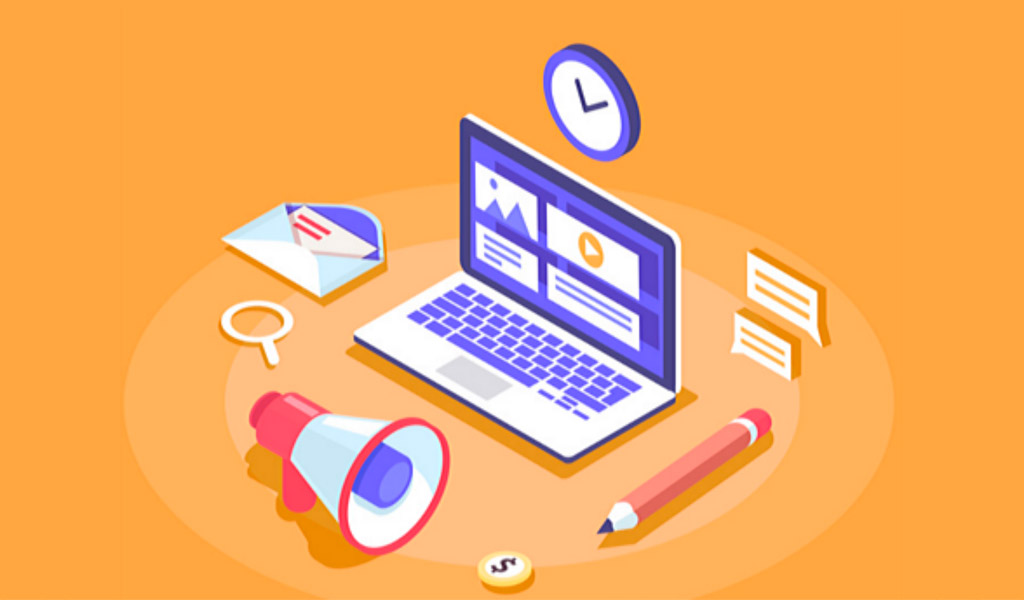Sales Conversion Rate. E-commerce portals and company websites remain at the centre stage with the advent of digital marketing. Every marketer holds the task to optimize their brand for attracting quality leads and converting them into sales. Whether you are a seasoned professional or just starting your E-venture, understanding and optimizing conversion rate is critical to your company growth. It fundamentally guides marketers to improve their website performance to attract more sales.
Key Performance Indicators (KPIs) indicate how effectively a company is reaching its goals. Conversion rate is an essential KPI or metric to evaluate how many leads are converting to sales. Conversion rate optimization ensures a structured approach to facilitate the website performance. There exist a thousand buzzwords and vital metrics on conversion rate and its improvement. Through this article, we will guide you in calculating the sales conversion rate. It will offer beneficial marketing insights and provide some tips to boost those numbers.
So, without any further ado, let us get you market-ready.
What is the Sales Conversion Rate?
The Sales Conversion Rate metric refers to the assessment of your sales team’s efficiency to convert new leads into customers. It proves to be a vital metric to align your marketing and sales team as both teams utilize it to determine quality leads. Once calculated, brands can leverage professionally tailored and stunning templates from SlideModel.com to present their client reports.
The responsibility of lead generation falls in the marketing department that engages customers with attractive tactics. For example, the marketing team can organize a conference sponsorship to produce sales-ready prospects. Once the marketing department qualifies the leads, the sales teams own the task of converting them into paying customers.
For example, if a website receives 300 leads in a month and has 150 sales, the conversion rate would be 100 divided by 300, or 50%.
How to Calculate Sales Conversion Rate?
Calculating the Sales Conversion Rate is easy. All you have to do is divide the number of sales on your online platform by total leads. For percentage, further, multiply the number by 100. Let us portray this more easily for you.
Sales Conversion Rate= (Number of Sales / Number of Leads) *100
Or
Sales Conversion Rate= (Number of Conversions / Number of Qualified Leads) *100
In most marketing-sales funnels, conversion rates get tracked by measuring the qualified leads compared to new wins. Between each sales funnel stage, a conversion should happen. The lead rate moving from one to the next is called the sales conversion rate. Let us understand the concept of calculating the sales conversion rate through a simplified example.
For instance, you made 30 sales in the last month with 100 leads in your bank. Thus, the formula becomes:
(Number of Sales / Number of Leads) *100
(30 / 100) *100 = 30%
So, your sales conversion rate comes out to be 30%. Sales conversion rates vary tremendously depending on your industry, website traffic, business, and products. The ultimate goal of every marketing campaign is to not only attract customers but induce sales with it. Hence, sales conversion metrics pose critical to assess the Return on Investment (ROI) of your marketing campaigns.

What are some ways to improve your Sales Conversion Rate?
Spent huge bucks on making the best websites? Led marketing campaigns but not seeing the result? Lack the intrinsic motivation due to the generation of high leads but the low rate of sales? Well, leave all your worries to us. This section will highlight some key points for every brand to optimize their sales conversion rates through the sales funnel.
Step 1: Increasing Conversion in the Awareness Stage
- Craft Company Website- A company website is a must before you venture out into the world of digital marketing. Build an optimized website with attractive landing pages and SEO tools to improve its ranking in Google search results. Ensure to make it web and mobile-friendly.
- Blogging- Blogging is the new king of content marketing in the 21st century. Curate creative content that attracts your client’s eyes and compels them to buy your product. Make your products sound the best of all your competitors.
- Social Media Awareness- Invest in social media advertisement to garner organic and inorganic paid search results. Consumers of today rely on social networks like Facebook, YouTube, and Twitter to find referrals, advice, and reviews. Also, social media rankings hold the potential to boost your SERPs.
- Pay Per Click Campaigns- Your Sales Conversion Rate i.e. Number of Sales / Number of Leads can achieve new heights with PPC campaigns. Drive traffic to landing pages to convert your prospects by capturing their email addresses.
Step 2: Increasing Conversion in the Consideration Stage
- Landing Page- It refers to a page on your website with content addressing a specific problem. Integrate it with a single call-to-action to capture the customer contact or make a sale.
- Call to Action- This option signified what you want your potential leads to do after visiting your site or app. Set up contact forms, provide content upgrades, newsletter subscription forms, etc.
Step 3: Increasing Conversion in the Preference Stage
- Email- Educate your prospective customers about your organization to build trust by sending a simple email. Send automated emails to subscribers addressing their queries and offering discounts.
- Sales Integration and CRM- CRM (Customer Relationship Management) software help you track interactions with your potential future and current customers. Use it to identify personalized email campaigns a client must receive next through cookie detection.
Step 4: Increasing Conversion in the Purchase Stage
- Promotional Content- Make it easy for your customers to find your products and services. Optimize your checkout page by providing live chat, how-to options, and free shipping.
- Social Monitoring- Monitor brand-related keywords that identify its ready to purchase customers. It will assist you to target and re-target your customers based on their preferences.
Step 5: Increasing Conversion in the Loyalty Stage
- Referrals and Reminders- Brands can ask their customers to refer their products to someone they know who can benefit from it. In turn, they can offer a discount to them on their future purchase. Additionally, send reminders to clients to buy from you again to keep the sale going.
- Cross and Up-Sells- You can entice the customer to get expensive purchases like add-ons or packages in the sale. Achieve this during the checkout process or send a follow-up email after the customer’s initial purchase.
Additional Tips:
- Conduct an A/B Test- It is used to compare two versions of your web page to analyze which one performs better. Use platforms like Google Optimize, Unbounce, Optimizely to run A/B tests.
- Utilize Google Analytics- Google Analytics provides helpful statistics to any marketer looking to optimize their sales conversion rate. Some vitals that it offers include bounce rates, new visitors, incoming traffic source, duration of the average session, and much more.
Wrapping It Up
By evaluating your sales conversion rate, businesses can get splendid insights into what works with their design and the effectiveness of their marketing campaigns. Once identified, it is time for them to take action and optimize their websites and marketing tactics. By following these golden tips mentioned above, you can boost your conversion rates in no time.




















